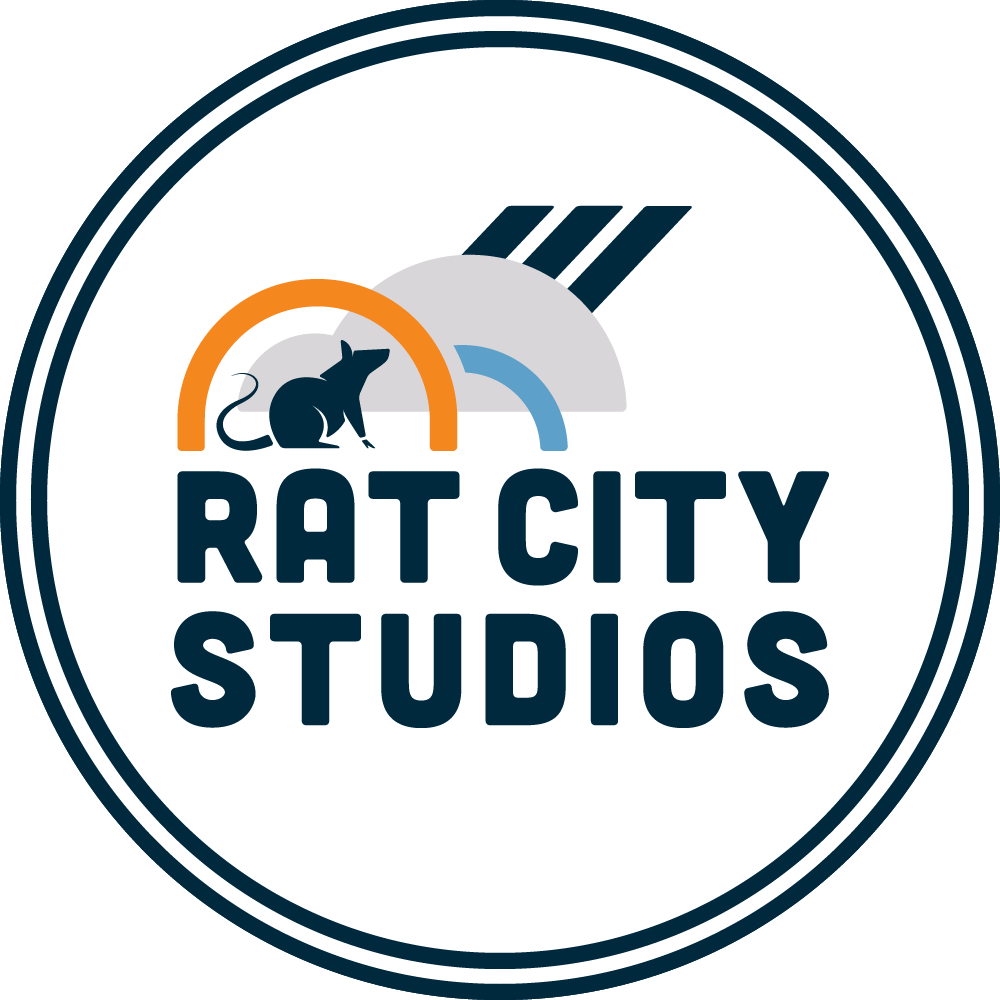Isaac Howard- Studio Member
/Bio
Isaac first touched clay as a sophomore in high school in Chugiak, Alaska. He has been making pottery in Washington State for the last 15 years and recently finished a residency at Pottery Northwest. He primarily makes utilitarian ceramics from porcelain and stoneware, and fires atmospheric kilns to achieve his desired surfaces. He is currently working from Rat City Studios with Deborah Schwartzkopf.
Artist Statement
Making pots for me is a balancing act. I relish the challenge of making objects that successfully synthesize aesthetic idea, materials, firing process, and utility. Many of the forms, mark making, and textures I use in my work are derived from the extensive time I have spent enjoying nature. I am also continually fascinated by historical ceramics. There as a rich history in our field where adapting form, decoration, and utility are concerned. When looking at Chinese T’ang ware, English porcelain, Japanese wood-fired pottery, and the ornate construction of French Rococo slipware, representations of nature are ever present. I try to mine history for different perspectives, and pay homage where I can.
The shape of my pitchers can be read as bird-like. The marks made during the firing its plumage, and the handle a nod to the woven handles of Creamware. A tray might have been inspired by a shard of rock. A theme commonly encountered in the rugged pots from Shigaraki. A plate might relate to the sunrise breaking through the dark northwest horizon. The dramatic flashing inspired in part by Bizen pottery. The idea that pots can relate body language is also very fascinating to me. I tend to think about this phenomena when considering assemblages of objects. Sets of pots that incorporate multiple pieces are an excellent opportunity to set up relationships between each of the components and ultimately, the user.
Loading a kiln and the choices made when considering materials is critical to how the pots interact with the atmosphere during a firing. I think of the pots that go into a wood or soda kiln a bit like building blocks. The ability to design the blocks increases the predictability of these unpredictable firing methods. The shape and structure of a pot literally dictates what sorts of mark making can be accomplished with the piece. When you build objects with multiple options for orientation you end up with more creative license when loading the kiln. Simple shapes like spheres, ovoid cylinders, cones, etc. are a great place to start thinking about form and physical structure.
Utility is a flexible point to me. Industrial ceramic companies maximize durability and efficiency of production at the cost of visual information. Since I am not an industrial producer of pots, I get to bend or break some rules to achieve other ends. How does it feel to use the object? Does it fit in the cupboard? Does it chip easily? Can I hang it on a wall? Does it perform its intended use well? As a functional potter these criteria are of utmost importance and must be considered, but there are no hard and fast rules. It is less significant to me that the handle on a mug be the pinnacle of comfort. Rather the handle on that mug is a chance to make a mark on another object, change the composition of the space around it, make a historical reference, and be comfortable enough to continue to want to use it.





